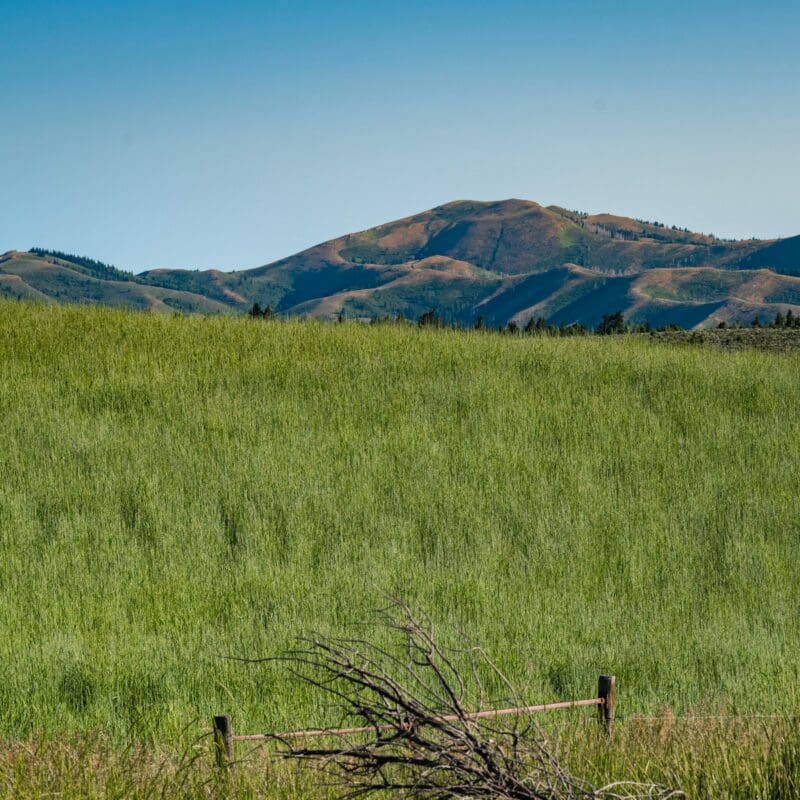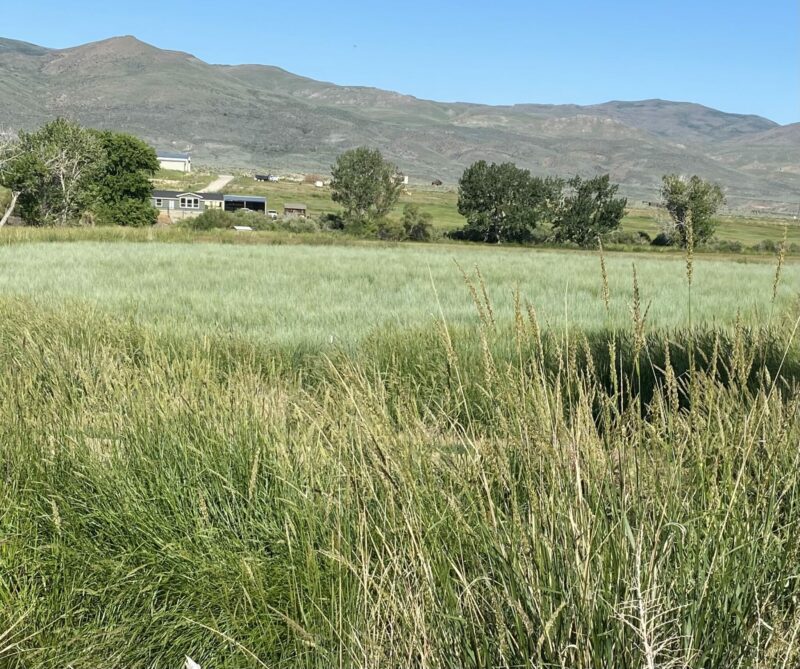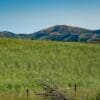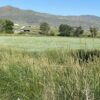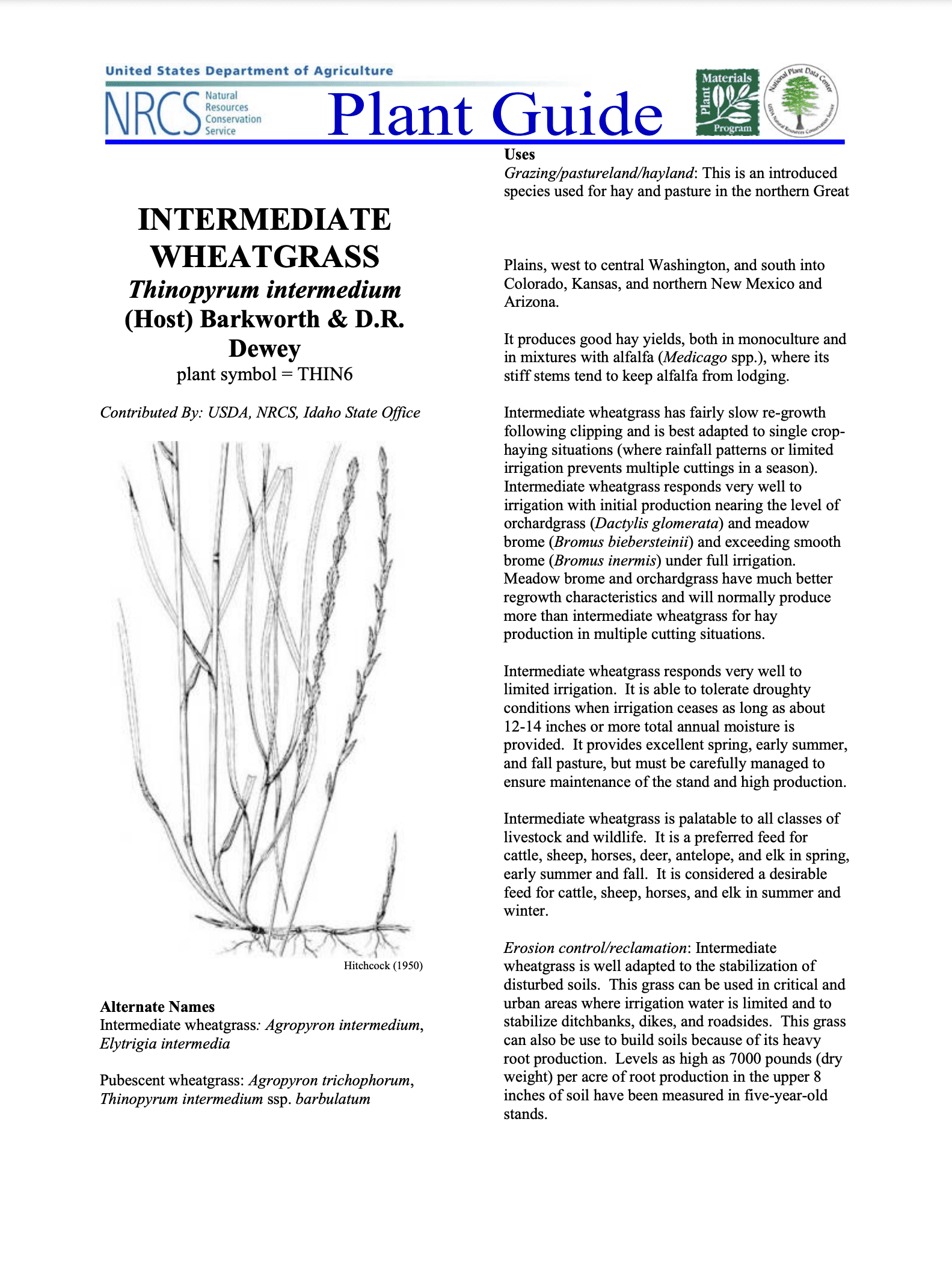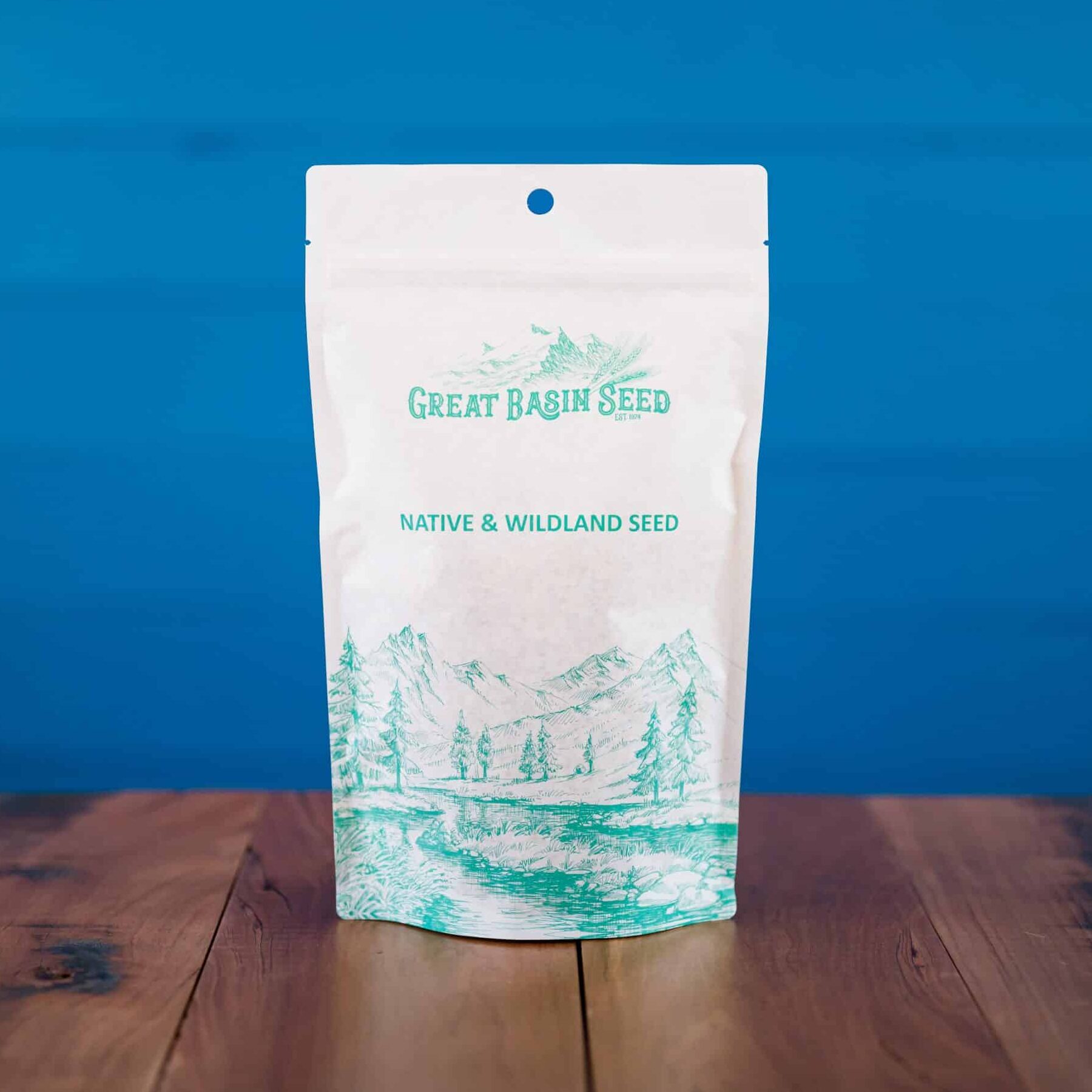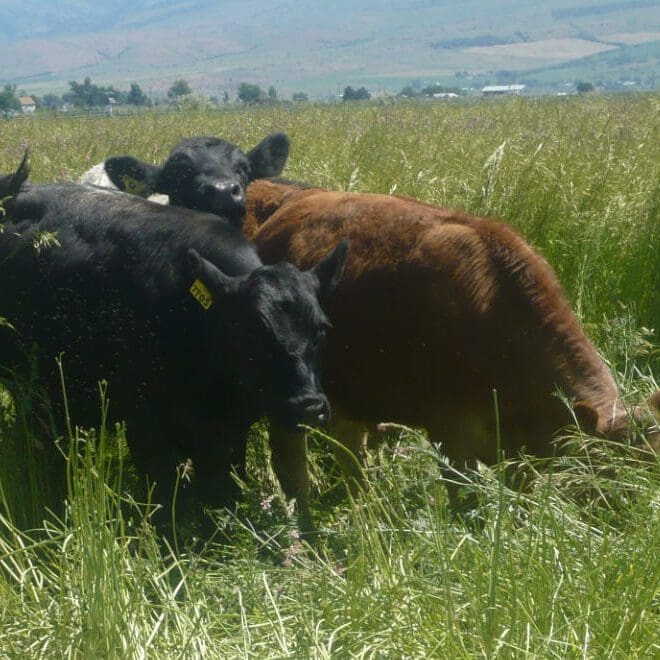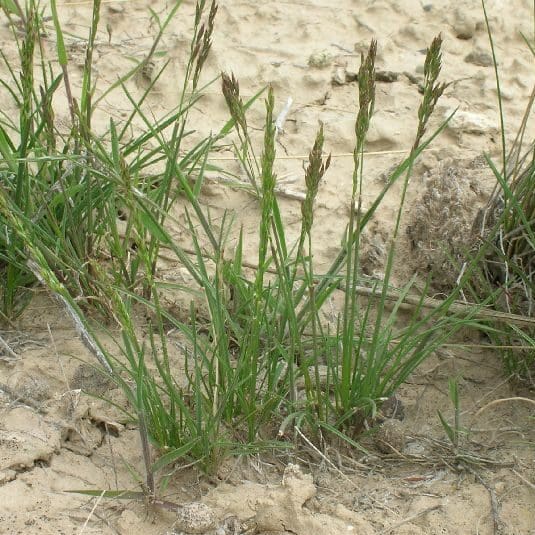The University of Idaho Agricultural Experiment Station released ‘Rush’ intermediate wheatgrass (Thinopyrum intermedium) in 1994. It has superior seedling emergence and vigor compared to other cultivars. Rush is an introduced, long-lived, cool season grass that grows up to 3 or 4 feet tall. Intermediate wheatgrass is native to Eurasia and has been cultivated there and in the United States for many years. Rush was compared with seven released cultivars of intermediate wheatgrass and other cool season grasses at sites throughout the western United States. It was selected for superior seedling emergence and vigor. Rush has equal to or superior forage production compared to other intermediate wheatgrass releases.
Rush Intermediate Wheatgrass Adaptation and Uses
This cultivar is adapted to the Northwest and Intermountain West regions of the United States. Wherever annual precipitation is 12 inches or more Rush can be establish. Rush may be adapted to the mountains of the Southwest, the Western and Northern Great Plains and the Southern Canadian Plains. Rush is well adapted to moderately deep, loamy soils but also grows on sandy and clayey soils.
In zones with 12 – 20 inches of precipitation Rush intermediate wheatgrass (Thinopyrum intermedium) is used for erosion control, forage and cover. It is often used for rangeland and pasture stands. Because of its ability to establish quickly it competes well with aggressive annuals like cheatgrass. Where fast germinating perennials are needed Rush is used for critical area stabilization. It is often used in irrigated pasture mixes to provide feed and cover.
Establishment and Management
Recommended seeding rate as a single item: 12 pounds per acre
Recommended seeding rate for interseeding: 5 pound per acre
For critical area stabilization double the seeding rate. If used as a component of a mix, adjust seeding rate to percent of mix desired.
Drill at a depth of ½ inch or less on medium to fine textured soils and no more than 1 inch deep on coarse textured soils.
Dryland seeding: Early spring on heavy to medium textured soils and in late fall (dormant) on medium to light textured soils. (minimum 14 inches annual precipitation required for sustainable seed production)
Irrigated seeding: lands should be seeded in spring and late summer. Late summer (August – mid September) seedings are not recommended unless irrigation is available.
Rush establishes quickly and seedling vigor is excellent. It makes good spring growth, fair summer growth, and good fall growth, if moisture is available. Light, frequent irrigation is beneficial for stand establishment. New seedings should be protected until fully established and the plants are able to withstand pulling by grazing animals without being uprooted. It is beneficial to cut at least one hay crop prior to grazing. Stands may require weed control measures during establishment. Application of herbicides should not be made until plants have reached the four to five leaf stage. Mowing the stand when weeds are beginning to bloom will reduce weed seed development. Grasshoppers and other insects may also damage new stands and pesticides may be needed for control.
Rush Intermediate Wheatgrass is highly palatable to livestock and wildlife. Livestock and wildlife will graze it throughout the growing season, but it is most preferred as forage in spring, early summer, and fall. A healthy, productive stand will not withstand heavy continuous grazing. Before grazing, eight inches of new growth should be attained. A four inch stubble height should be maintained following grazing or mowing and going into winter. On irrigated stands apply fertilizer as needed to maintain vigorous growth. A balance of nitrogen and phosphate fertilizer needs to be considered in order to maintain a legume component in a mixture. A soil test is recommended. Care should be taken to avoid excessive tillage because stands may be damaged.
Other varieties: Oahe Intermediate Wheatgrass, Thinopyrum intermedium
*** Click on the “Quick Plant Facts” tab above for more information.
Rush Intermediate Wheatgrass NRCS Plant Release
Rush Intermediate Wheatgrass NRCS Plant Release
PDF version of NRCS Plant Release
Citatiom: USDA-Natural Resources Conservation Service, Aberdeen Plant Materials Center. Aberdeen, Idaho 83210. Published October, 2013
Intermediate Wheatgrass NRCS Plant Guide
Intermediate Wheatgrass NRCS Plant Guide
PDF version of NRCS Plant Guide & Fact Sheet
Prepared By: Daniel G. Ogle, Plant Materials Specialist USDA, NRCS, Idaho State Office, Boise, Idaho
Loren St. John, Manager USDA, NRCS, Plant Materials Center, Aberdeen, Idaho
Dr. Kevin B. Jensen, USDA-ARS, Forage and Range Research Laboratory, Utah State University, Logan, Utah
Species Coordinator: Daniel G. Ogle USDA, NRCS, Idaho State Office, Boise, Idaho.
Helpful Links
Additional information about this product can be found on the academic websites linked below.
Synonyms
Many plants have more than one common and scientific name. We've listed a few of them below.
- Rush Intermediate Wheatgrass
- Thinopyrum intermedium
Who is Great Basin Seed?
Great Basin Seed is a seed company that specializes in seed sales and consultation for home, ranch, farm, range and reclamation. We have been a leader in the seed industry since 1974.
Our History
We've been in the seed business since 1974.
What We Offer
We offer seed for home, farm, ranch, range and reclamation projects.
Meet the Gang
We have the best employees in the world! We are proud of the work they do, and trust them to serve you!
Right: Company founder Lloyd and his wife Paula Stevens in a wildflower seed production field circa 1977
Quick Plant Facts
| Scientific Name: | |
|---|---|
| Lifespan: | |
| Origin: | |
| Min. Precipitation: | |
| Plant Type: | |
| Plant Height: | |
| Planting Rate: | |
| Max Sowing Depth: | |
| Growth Season: | |
| Best Time to Sow: | |
| Sun & Shade Tolerance: | Full Sun |
| Elevation of Occurance: | |
| Seeds per Pound: | |
| Root Form: |

